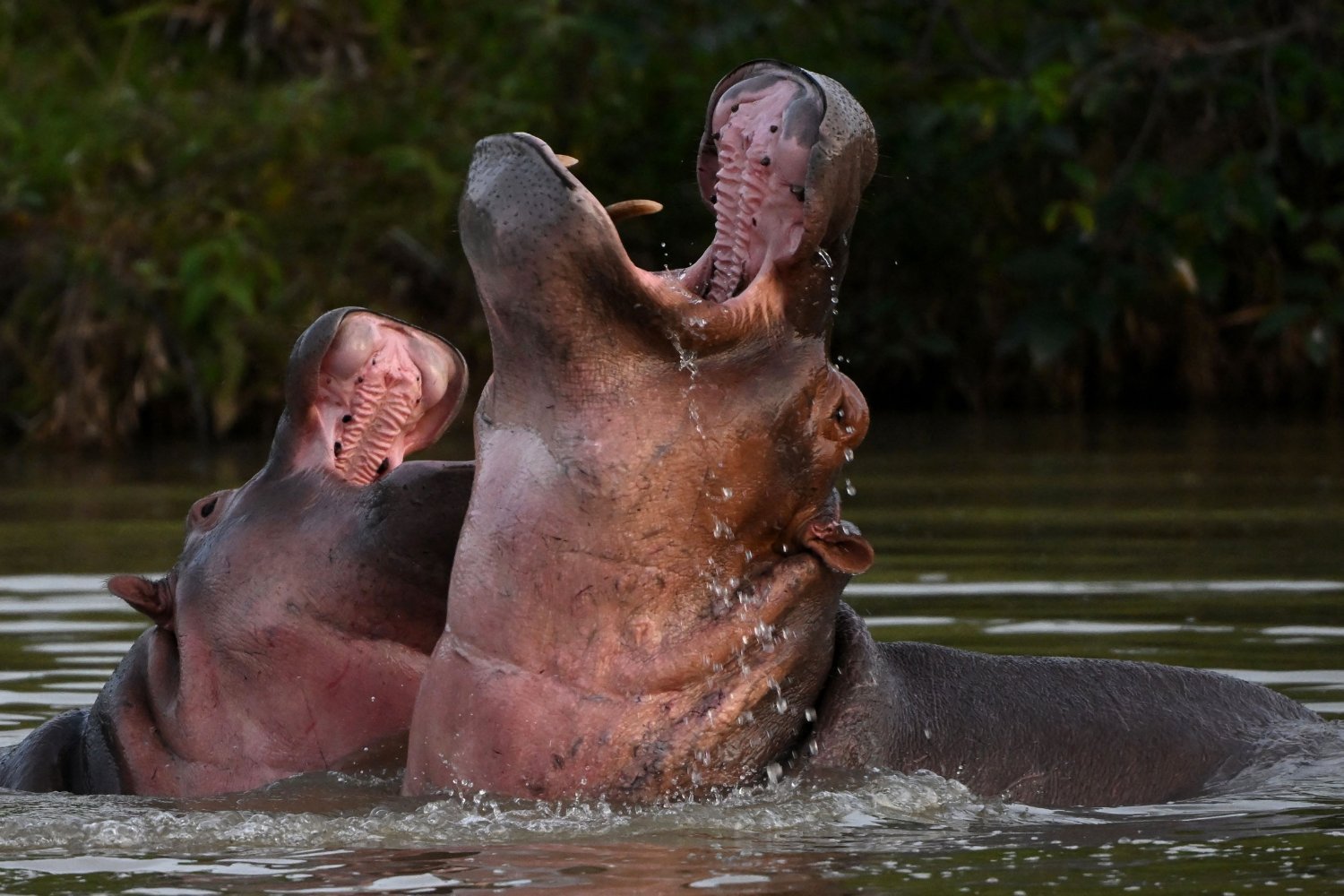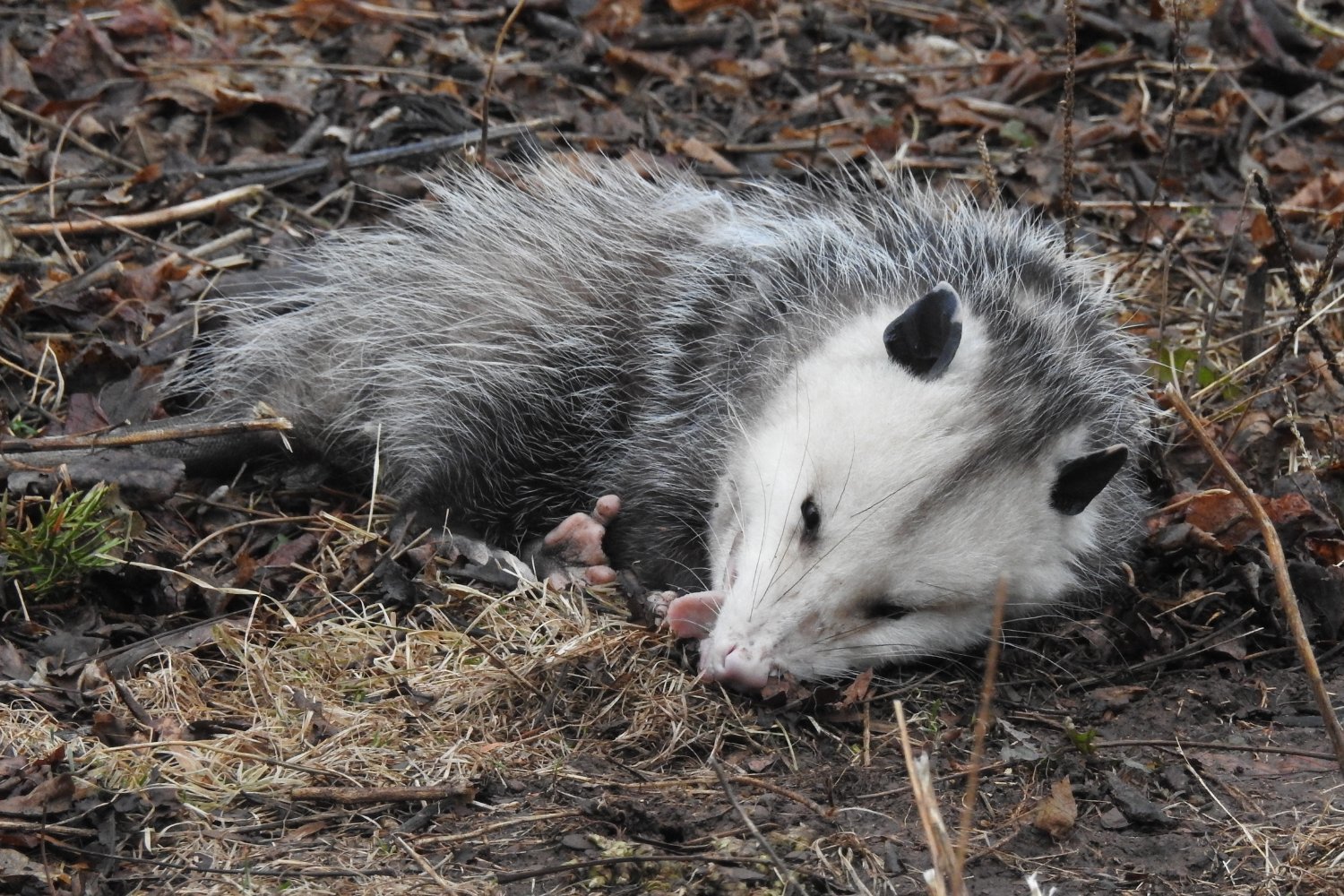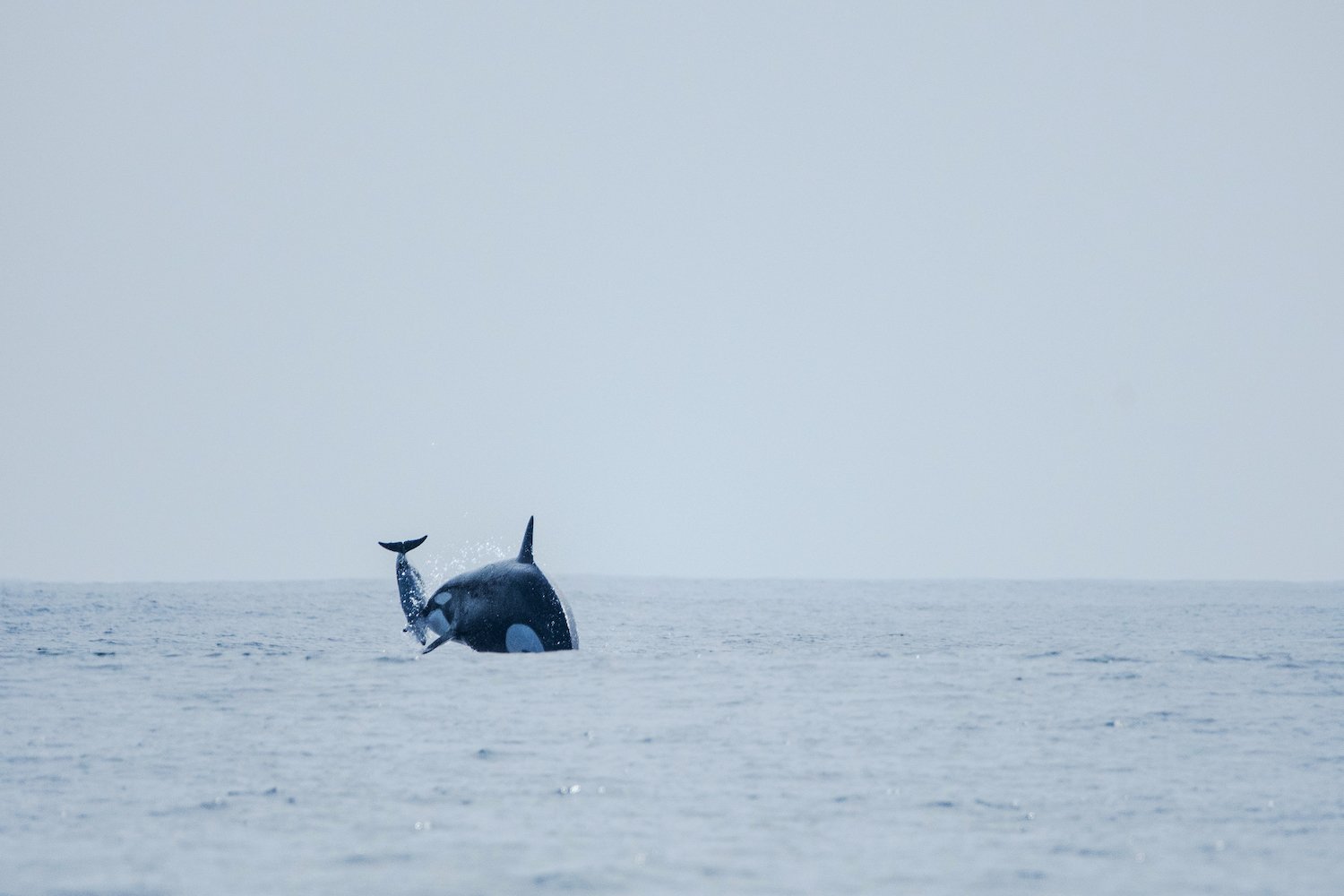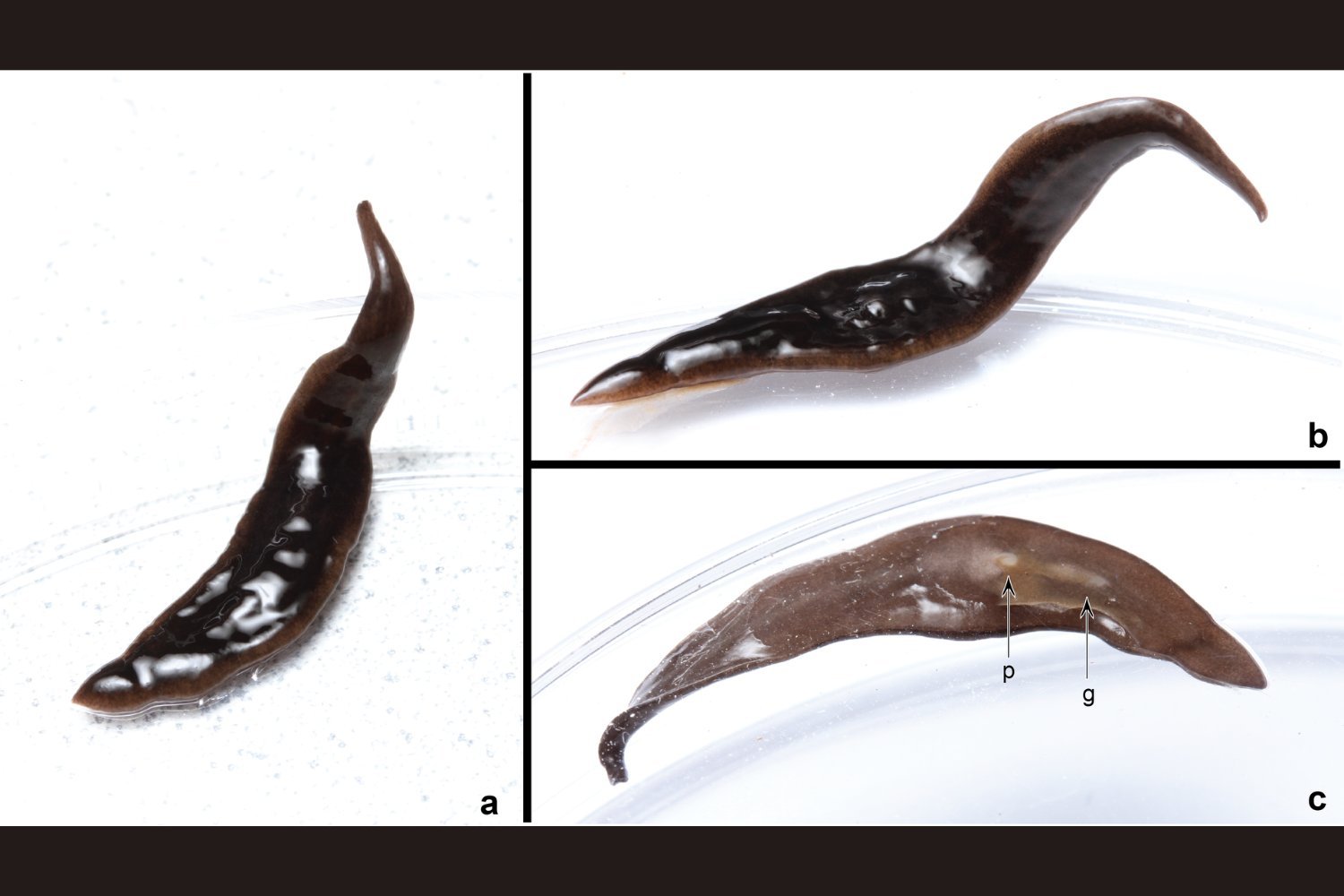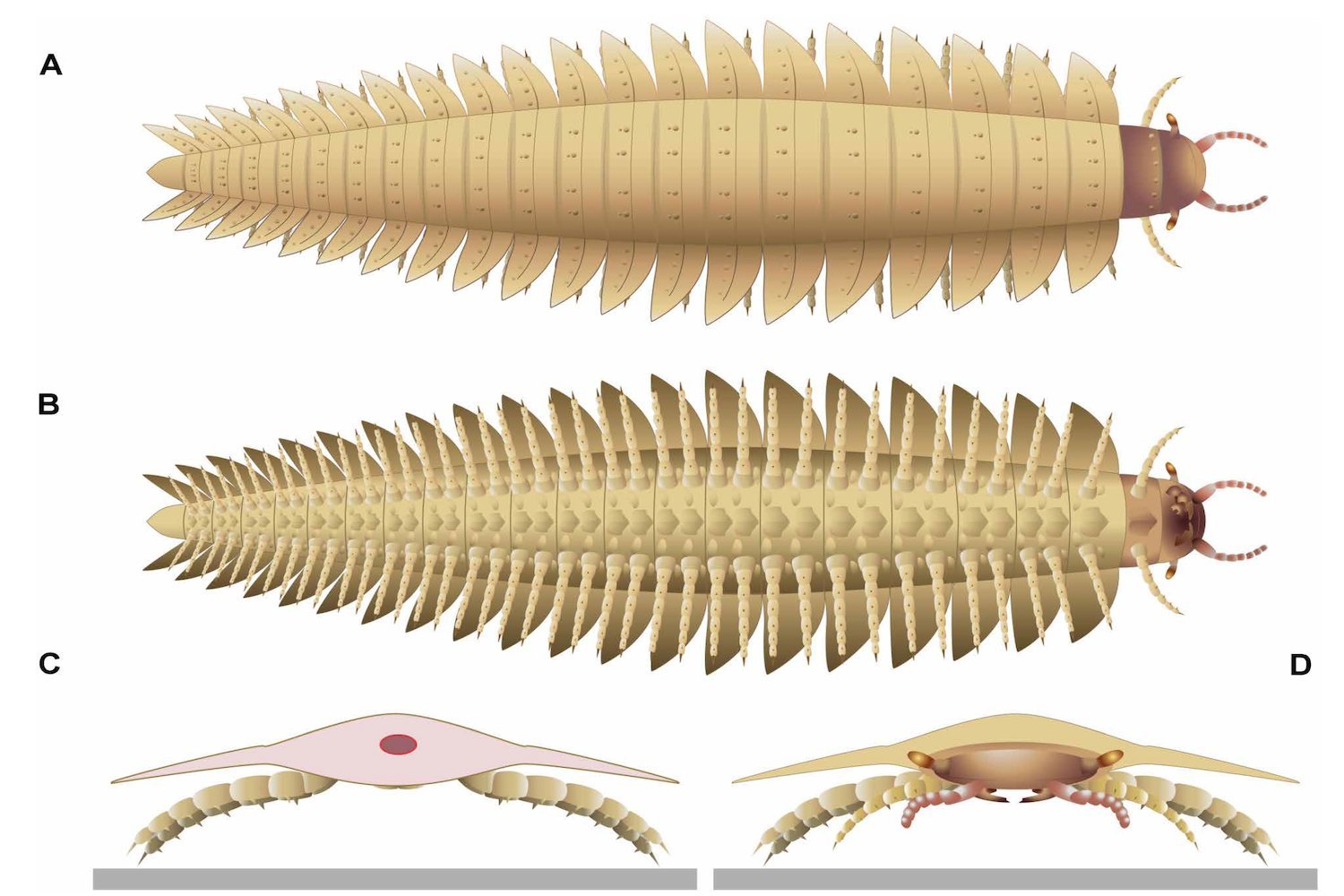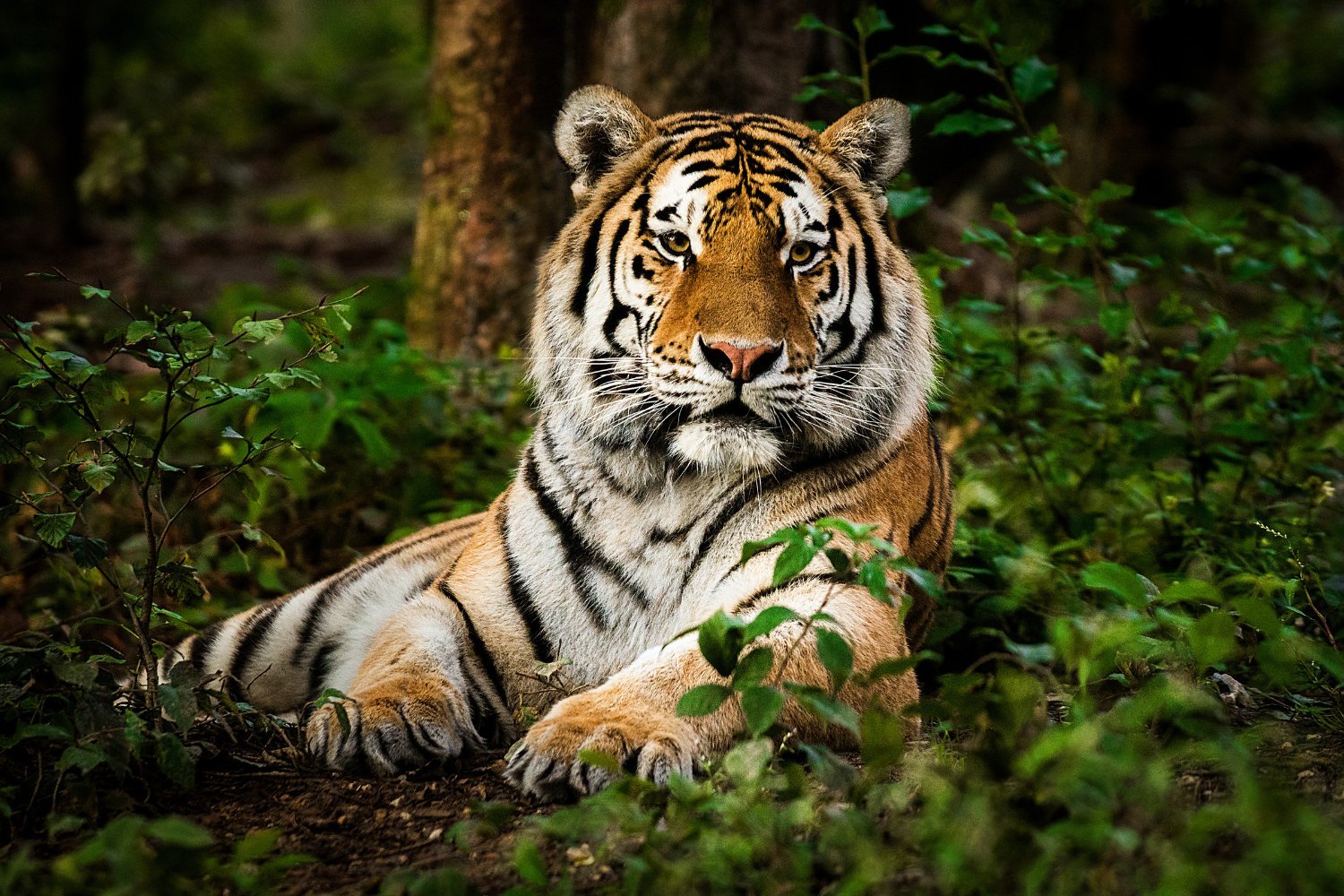Pablo Escobar’s legacy extends beyond the drug trade to an unexpected ecological crisis: a burgeoning population of hippos. Introduced to Colombia by the notorious drug lord for his private zoo, these massive herbivores now number over 100 and pose a significant threat to the local ecosystem and communities. A Colombian court recently ruled that the animals must be hunted, a decision sparking controversy and raising complex questions about conservation and the unintended consequences of Escobar’s actions.
After Escobar’s death in 1993, his estate, including the hippos, was seized. While other animals were relocated to zoos, the hippos, deemed too difficult to capture, were left on the estate. This seemingly minor oversight has resulted in a rapidly growing hippo population, now estimated to be at least 169 individuals, according to Smithsonian Magazine. With abundant vegetation and a lack of natural predators, these animals have thrived, expanding their territory beyond the confines of Escobar’s former estate and into the surrounding areas.
This uncontrolled growth has prompted concern from locals and conservationists alike. Hippos, despite their herbivorous diet, are incredibly dangerous animals. Reaching up to five tons in weight and 16.5 feet (5 meters) in length, they possess powerful jaws that can open to a staggering 150 degrees, as noted by the African Wildlife Federation. These animals are considered one of the deadliest in the world, and reports of attacks on fishers in western Colombia’s Magdalena River highlight the growing threat.
The situation’s urgency is underscored by expert predictions that the hippo population could explode to 1,000 by 2035 if left unchecked, as reported by AFP. Previous attempts to control the population through sterilization have proven slow and ineffective. Furthermore, proposals to relocate the hippos to sanctuaries in countries like Mexico and India have stalled. This inaction has led to the recent court order mandating a hunt to eradicate the invasive species, giving the Ministry of Environment three months to develop and implement a plan.
This decision has ignited debate, with animal rights advocates and some within the tourism industry opposing the hunt. Escobar’s legacy, including the hippos, continues to attract visitors to the region, raising concerns about the potential impact on tourism. The conflict between conservation needs, animal welfare, and economic interests adds another layer of complexity to the issue.
While hippos, in general, face conservation challenges, with pygmy hippos classified as endangered, the Colombian situation presents a unique set of problems. The unchecked growth of this invasive population poses a significant threat to the local environment and potentially other species. Though no fatal hippo attacks on humans have been reported in Colombia, incidents are on the rise. A particularly concerning event involved a hippo entering a schoolyard, causing panic among students and teachers, as reported by Smithsonian Magazine.
The long-term solution to Escobar’s hippo legacy remains uncertain, but the urgency of the situation is undeniable. The Colombian court’s decision to order a hunt highlights the difficult choices that must be made when balancing ecological preservation, public safety, and the ethical considerations surrounding animal welfare. The coming months will be critical in determining the fate of these invasive hippos and the future of the affected ecosystem.



